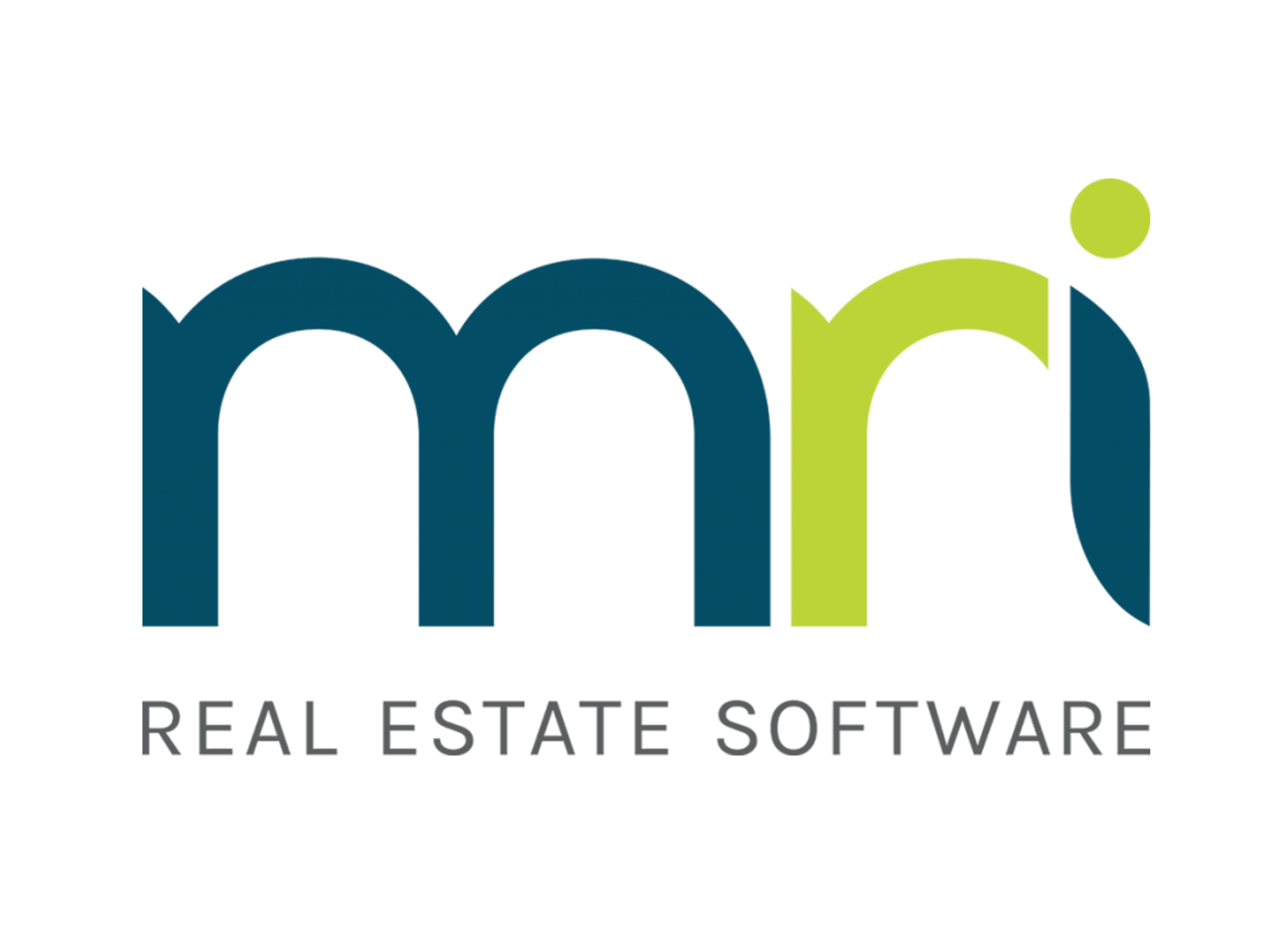Landlords Today Need To Be Customer-Centric, And Technology Can Get Them There

Being a successful landlord today takes much more than handing over a set of keys. The world of work has changed; occupiers are facing new pressures from reducing their environmental impact to flexible space management, and they are looking to building owners to support them.
“Landlords need to tackle three subjects for occupiers: productivity, wellness and engagement,” MRI Software Strategic Account Director Colin O’Reilly said. “Faced with shorter leases and hybrid working, the onus is firmly on landlords to do much more to attract workers to the office.”
MRI Software creates proptech solutions that support the office sector from all sides. Today more than ever, with the impacts of the pandemic being felt, MRI is finding that landlords need the company’s tools to become as customer-centric as possible.
“This change of emphasis from focusing on managing the built environment to focusing on the customer started pre-Covid,” O’Reilly said. “But it has been exacerbated. People today are making a conscious effort to visit an office — how can an employer make sure the office is safe and provide the right environment for collaboration? They’re turning to technology.”
Relationship Management
The first place to start when becoming a customer-focused landlord is on communication, O’Reilly said. Leases have become far shorter over the last decade, which means that when a tenant arrives in the building, that’s just the start of engagement. A good place to begin is with portal technology that allows employees to interact with their employer, and employers to interact with landlords.
“The ability to have frequent polls to test the temperature of satisfaction has come a long way,” O’Reilly said. “If a tenant only has a two-year lease, if you don’t give them what they want you will feel the problem quickly. The cost of finding a new tenant far exceeds the cost of making a tenant happy. You can use technology to monitor the situation and have account meetings far more than previously.”
Following the pandemic, landlords operating a mixed-use scheme particularly need to communicate effectively to create a picture of how the whole scheme is operating, MRI Software Global Marketing Director Nicholas Frank said.
“After periods of lockdown, landlords didn’t know how many employees were coming back in a building, whether the business had grown or shrunk,” he said. “They might run a café in a building that is seeing less footfall. Technology can manage the strength of that relationship.”
Wellness And Sustainability
The pandemic has also increased the spotlight on an employer’s duty to ensure wellness for staff. Employers are under pressure to promote the health and wellbeing of staff and today they are turning to landlords to help them, O’Reilly said. The same can be said for sustainability; as businesses look to minimise their impact on the environment, their landlord must provide the means.
“Landlords are being asked to make sure a property is environmentally focused through good governance,” O’Reilly said. “There is energy legislation on the way from Europe — SFDR, the EU Taxonomy — which will put even more emphasis on managing a building’s environmental impact. This is only possible through technology. For example, using IoT sensors and energy management technology we can pull the information together.”

Increasingly, green clauses are included in contracts. These put certain responsibilities on both the landlord and tenant to ensure a property is managed in a sustainable way, such as putting limits on energy used or the use of renewable energy providers. Tenants’ involvement in such clauses is a relatively new trend, Frank said.
“Today tenants have more knowledge about what’s in leases than before,” he said. “During the pandemic, many landlords were aiming to establish long leases while many businesses were looking for a way to be flexible. Tenants have become empowered to have more control of clauses related to wellness and sustainability.”
Predictive Analytics
O’Reilly said he believed landlords will use technology to be even more customer-centric as new tools become available. Take IoT devices, for example. Gone are the days when a lift might break down and take months to be repaired, he said. Machines are becoming intelligent and will send messages if they come close to malfunctioning, so a facilities management team will automatically know when a service is needed. The experience for the customer will therefore be improved.
“In real estate, we’ve always been good at saying what has happened before,” O’Reilly said. “Now we need to say what will happen in the future. Technology will become far better at predictive analysis because we are now able to collect even more information about current trends. This can be used to create analytical models.”
When many proptech tools are combined, Frank said, it is possible to create a much better experience for a customer than ever before — both for the business and the business’s employees. From lease management to facilities management and customer portals, it’s possible to create a seamless journey within building occupation.
This article was produced in collaboration between MRI Software and Studio B. Bisnow news staff was not involved in the production of this content.
Studio B is Bisnow’s in-house content and design studio. To learn more about how Studio B can help your team, reach out to studio@bisnow.com.

